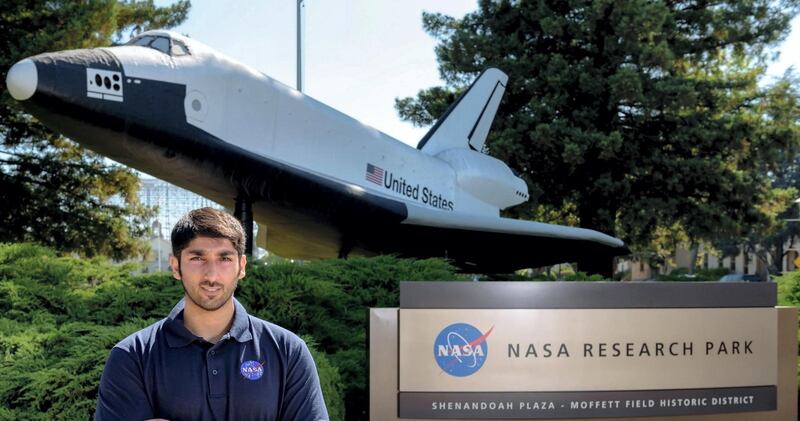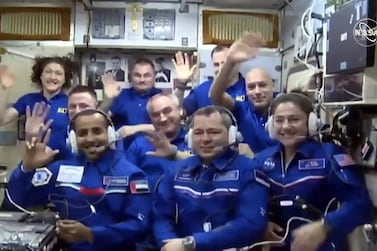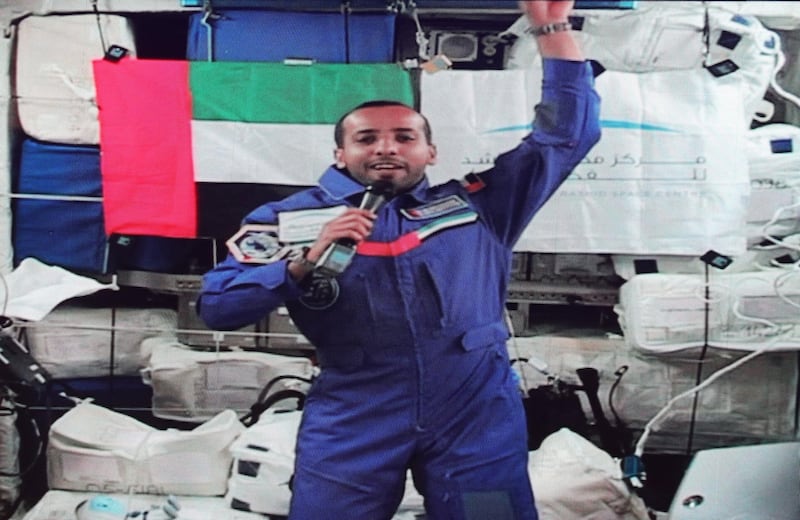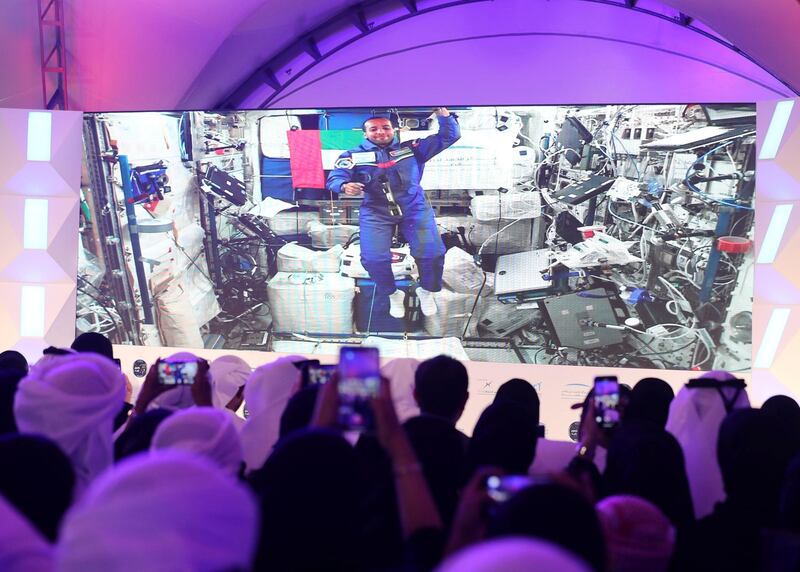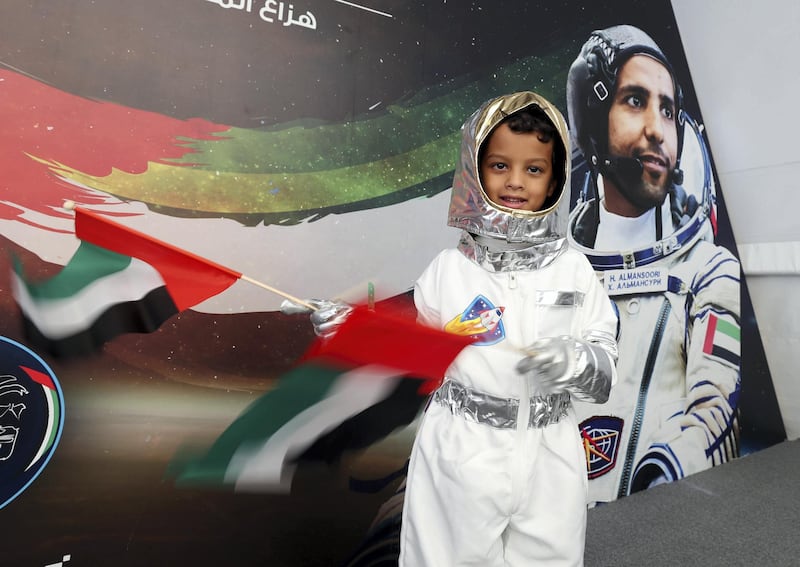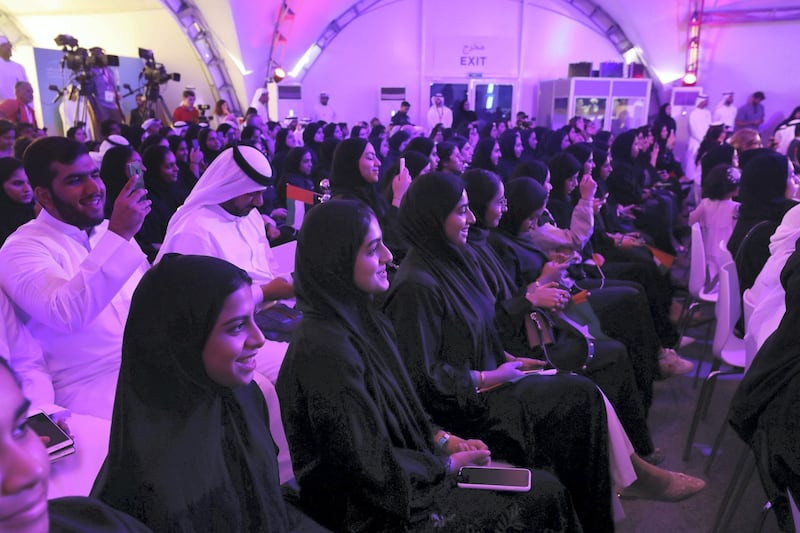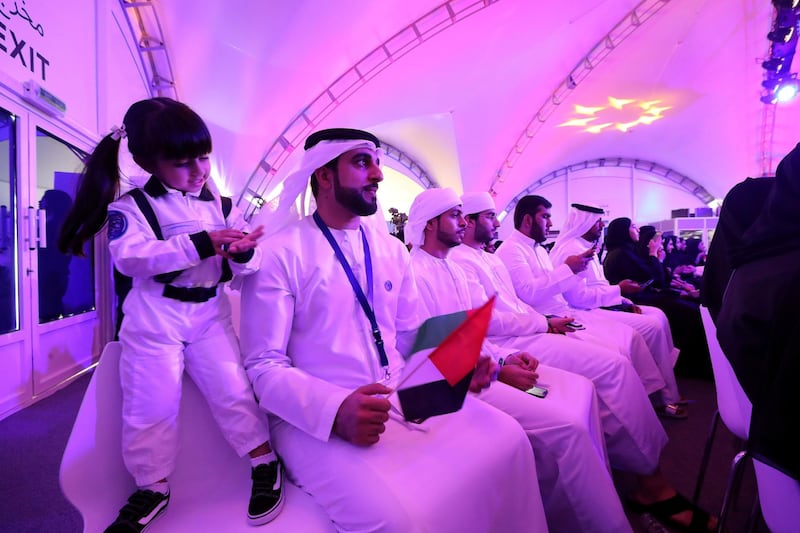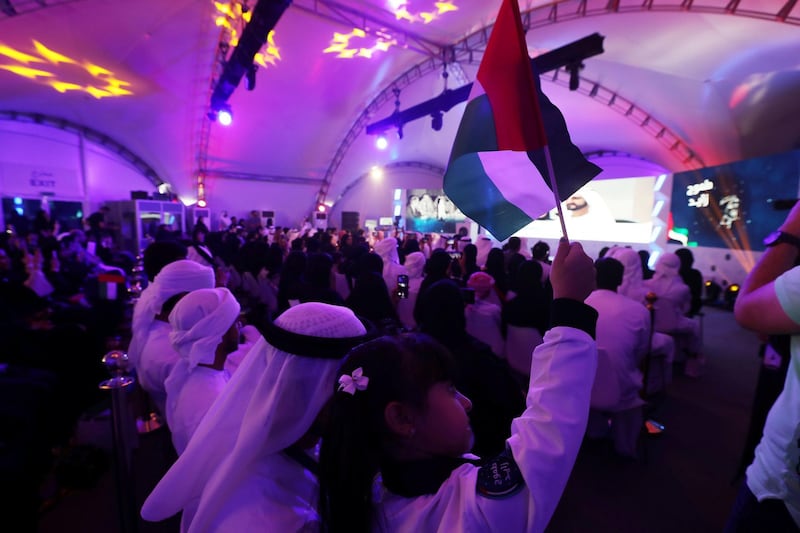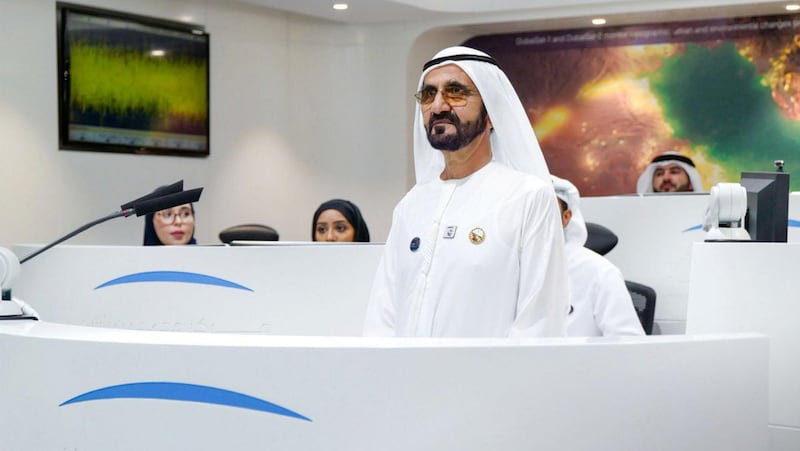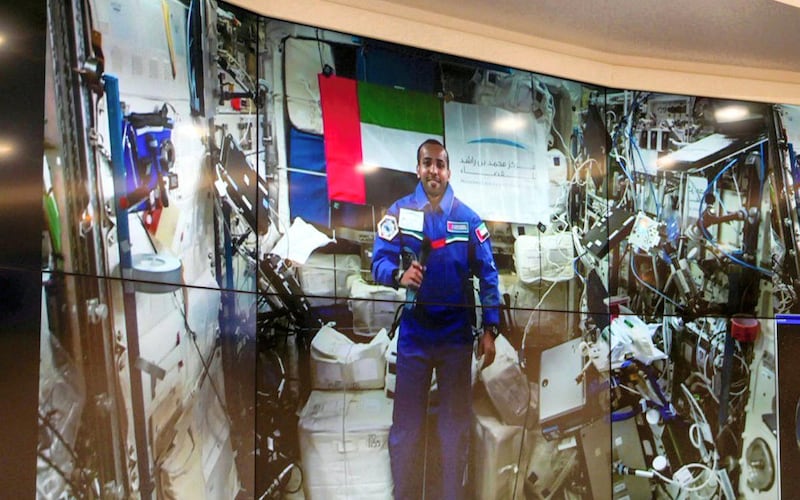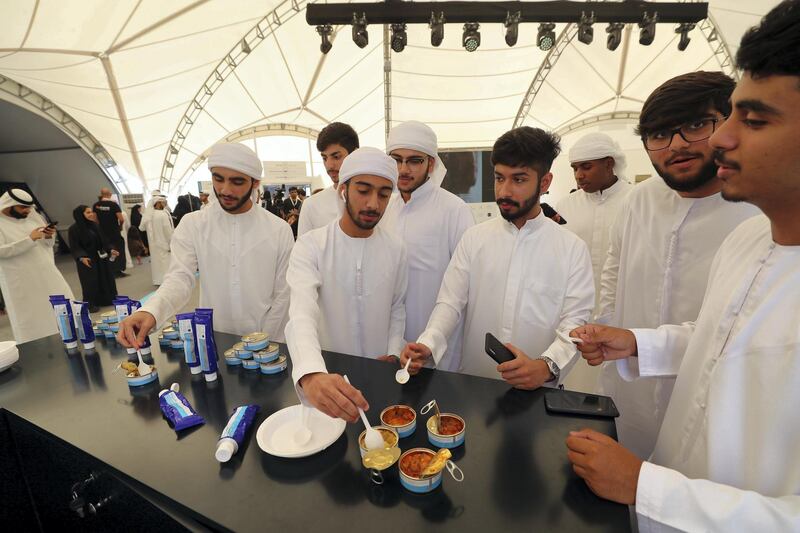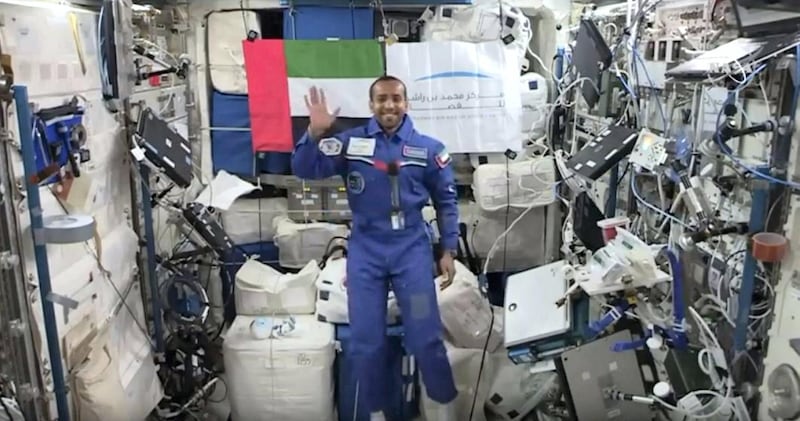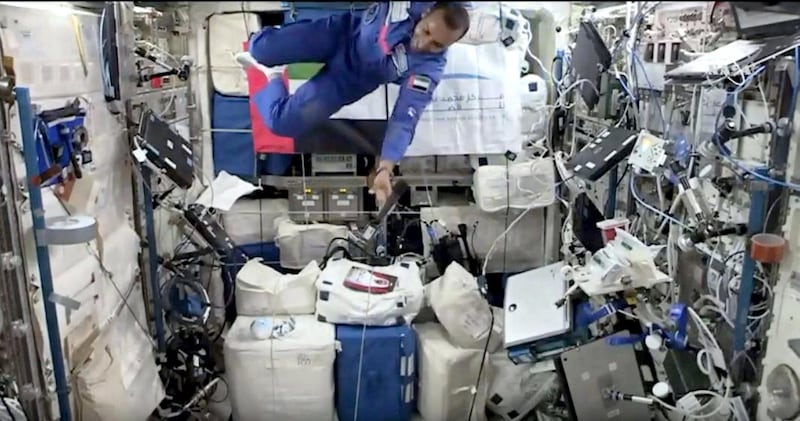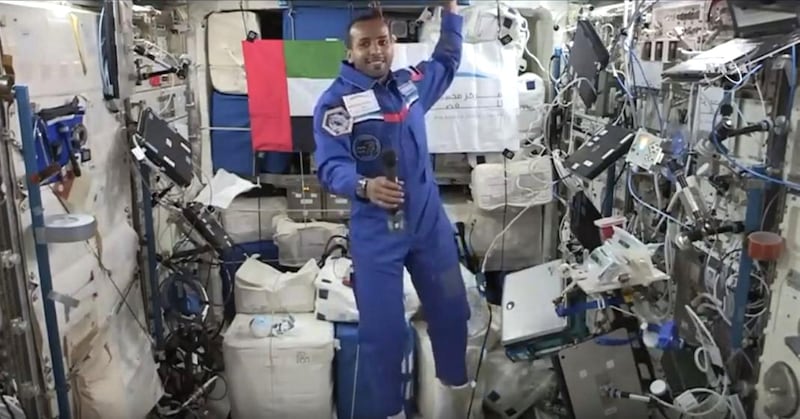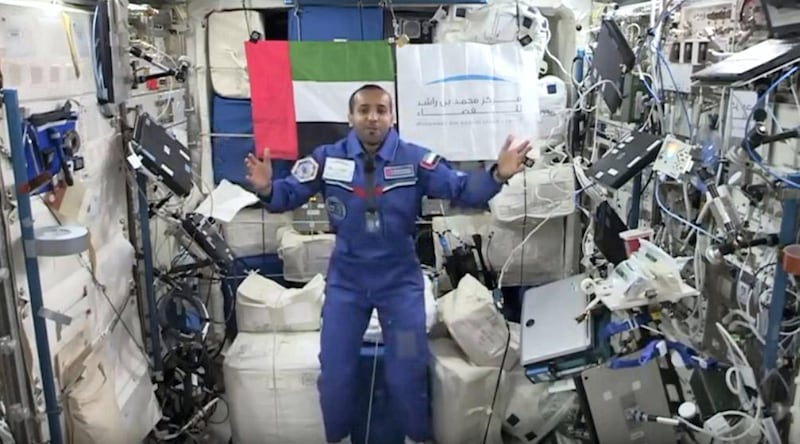With Wednesday’s stellar triumph of dispatching the first Emirati into space, all eyes are now firmly set on the UAE’s ongoing exploration of the final frontier.
But while most of the attention surrounding the launch has rightly been focused on Hazza Al Mansouri, there are others equally hard at work behind the scenes.
Ibrahim Ahmad, 34, is a University of Cambridge graduate currently on secondment to the US space agency Nasa, in California.
He holds a doctorate in material science and while away from the UAE he is deep in research surrounding the use of complex gas sensors used in spacecraft.
The constantly evolving technology plays a vital role in missions, monitoring the concentration of gases such as oxygen, carbon dioxide and ammonia in shuttles.
"If you have a room, you need to know what the level of oxygen and other gases like carbon dioxide is," Mr Ahmad told The National.
“If you go to Mars, you want to know if it’s possible to live there. You need sensors – what’s the level of oxygen, of carbon dioxide?
“To go to Mars, you need them [sensors] to be lightweight to save money. They [engineers] want materials that can save space.
“If you use gold nanomaterials, they’re expensive, but if you use carbon, [the cost] it’s nothing.”
Mr Ahmad is an expert on graphene, a hugely useful carbon material made up of a single layer of carbon atoms arranged hexagonally.
Since June, and supported by his employer, the Abu Dhabi National Oil Company (Adnoc), he has been working at the Ames Research Centre in the city of Mountain View in Silicon Valley.
Although Mr Ahmad’s work at Nasa could prove useful for the space sector, it could also be of value more widely, as graphene has potential applications in a range of industries, including oil and gas, lighting and telecommunications.
Graphene is chiefly seen as a crucial material owing to its strength and conducting properties; it is 200 times the strength of steel and can conduct heat and electricity.
_______________
Hazza Al Mansouri live Q&A from the International Space Station
_______________
In his work at Nasa, Mr Ahmad is collaborating with researchers in China, South Korea and the United Kingdom, including scientists he worked alongside during his PhD studies, where he focused on substances made of polymers.
Some researchers are sending him graphene types to use in his research, with the hope he might jointly publish their findings.
“I am trying to collaborate as much as I can, because there’s no time to spend in the lab,” Mr Ahmad said.
Mr Ahmad is in California thanks to Nasa’s international interns programme aimed at university undergraduates and postgraduates. He was supported in his application for the position by the UAE Space Agency.
Although he is classed as an intern, because he has recently completed a doctorate – due to be awarded next month – he can carry out research at a higher level than many others involved in the scheme.
Once he finishes at Nasa in October, Mr Ahmad will return to the UAE and take up a role with Adnoc.
He said that his time in the United States, where Tesla’s electric cars are a common sight on the roads, has focused his attention on the importance of transitioning to a less petroleum-dependent society.
It has also highlighted the key role that a material scientists can play in spearheading this.
“We need to convert this oil and gas to something else,” he said. “This is what I would like to work on – making our country a hub for [researching] these materials.”
